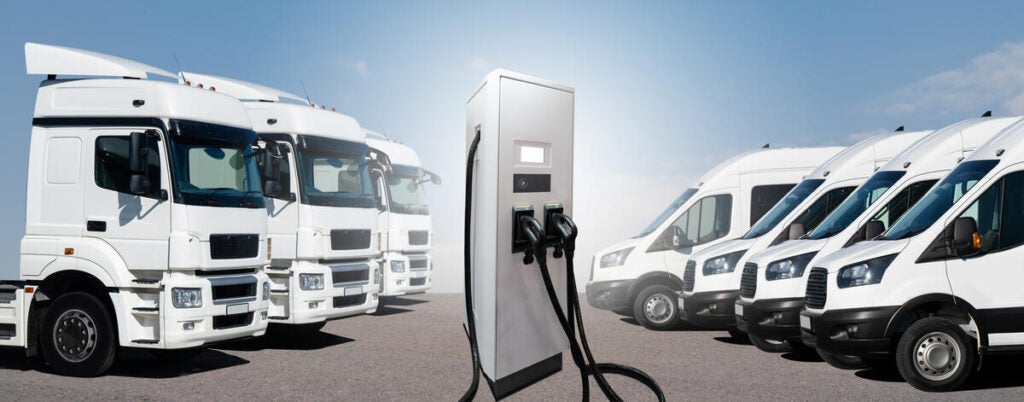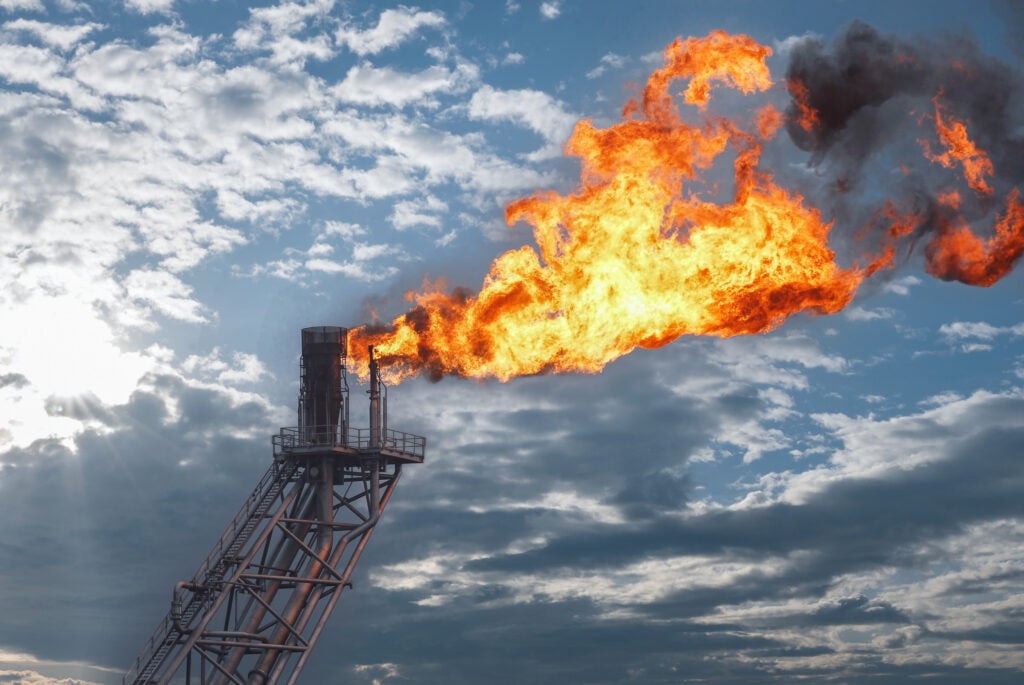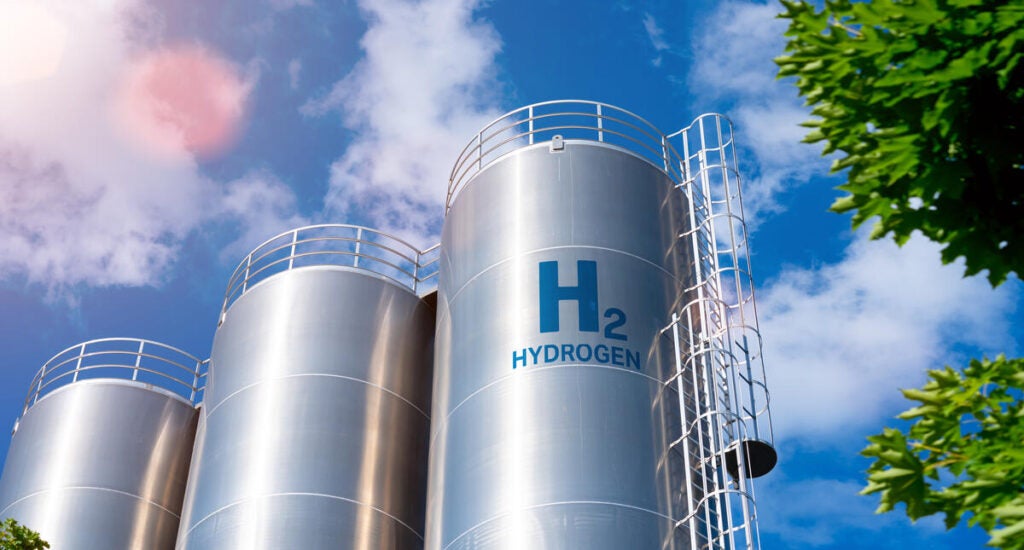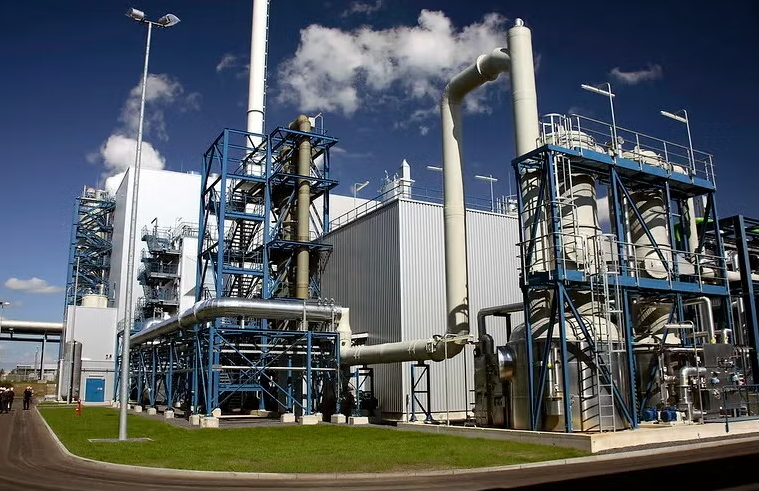- FedEx has ordered 53 Class 5 and 6 electric trucks from startup Harbinger — aimed at cost-competitive, vertically integrated medium-duty EVs — to support its goal of fully electrifying its pickup –and delivery fleet by 2040, with deliveries expected by late 2025.
- The Toledo Area Regional Transportation Authority has launched 11 new electric buses as part of its TARTA Zero plan to transition entirely to electric vehicles by 2040, building on last year’s deployment of six para-transit EVs and aiming for cleaner, quieter, more reliable transit.
Energy Exchange
November 2025: Electric trucks, buses round-up
Posted in Electric Vehicles Comments are closed
La ambición de México en metano, a la Luz en COP 30
- México actualiza su NDC con una meta del 50% de reducción de GEI para 2035 y reafirma el objetivo de reducir 30% las emisiones de metano para 2030, destacando el papel clave de PEMEX y del sector petrolero y gas.
- La reducción de metano ofrece un triple beneficio: energético, climático y de salud pública; y requiere acelerar la adopción de tecnologías para recuperación de vapores, monitoreo avanzado y eliminación de la quema rutinaria.
Posted in General Comments are closed
Mexico’s methane ambition on display at COP 30
- Mexico’s updated NDC commits to a 50% GHG reduction by 2035 and reaffirms the 30% methane reduction by 2030, underscoring the critical role of PEMEX and the oil & gas sector.
- Methane mitigation offers energy, climate, and public-health benefits and demands rapid deployment of technologies such as vapor recovery systems, advanced monitoring and the phase-out of routine flaring.
Posted in Methane Comments are closed
Texas left in the dust as New Mexico slashes methane intensity on its side of the Permian
By Elizabeth Lieberknecht and Benek Robertson
- New data and analysis show that while production increased in both states, decreasing loss rates in New Mexico reflects that progress is possible with strong methane standards.
- Findings show that methane intensity on the New Mexico side of the Delaware sub-basin is half that of Texas, despite New Mexico doubling production since 2020, with the vast majority (83 percent) of basin-wide emissions coming from Texas.
Posted in Texas Comments are closed
Flawed hydrogen tax credit implementation could undermine billions in U.S. projects
- DOE’s opaque changes to emissions model risk U.S. competitiveness and global credibility.
- EDF finds that the changes could let fossil hydrogen projects claim methane emissions rates up to nine times lower than real-world measurements, cutting reported carbon intensity nearly in half and steering billions in credits toward hydrogen that wouldn’t meet U.S. or EU standards.
Posted in General Comments are closed
Will Texas carbon storage primacy spark a world-class permitting and enforcement program, or will it merely check the boxes? Only time will tell – and the world is watching
- With EPA granting Texas primacy over Class VI wells, the state now controls permitting and oversight of underground carbon storage — and must prove it can enforce strong, science-based standards that protect people, water and climate.
- To build global credibility and public trust, the Railroad Commission should strengthen monitoring, seismic risk management, enforcement capacity and community engagement — ensuring Texas’ carbon storage program is transparent, accountable and safe from the start.
Posted in General Comments are closed














